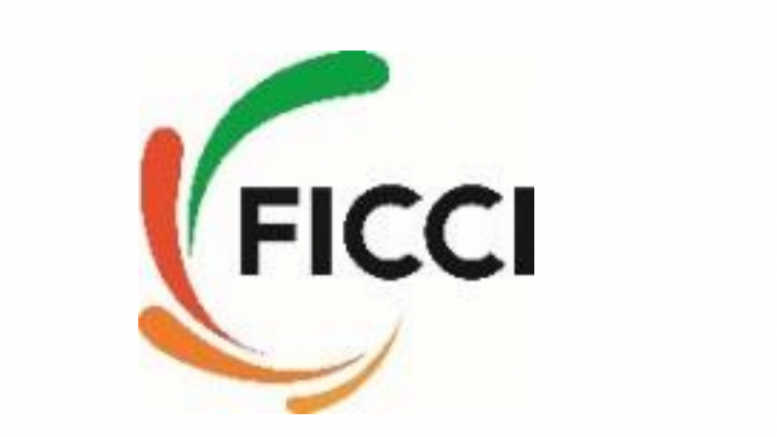 55 percent of reporting Public Sector Banks cite reduction in NPA levels
55 percent of reporting Public Sector Banks cite reduction in NPA levels
- Bankers believe setting up of Development Finance Institution would help in boosting credit to long gestation projects like infrastructure
NEW DELHI, 14 AUGUST, 2019 (GPN) : The ninth round of the FICCI-IBA survey was carried out for the period January to June 2019. A total of 23 banks including public sector, private sector, foreign and small finance banks participated in the survey. These banks together represent over 67% of the banking industry, as classified by asset size.
With the formation of new government at the Centre, Bankers were asked to identify some of the key priorities that government should focus on to address the major challenges being faced by the economy today. A large number of participating bankers have mentioned that addressing agriculture distress should be the top priority for the government. This would require undertaking reforms in the sector and strengthening the agricultural value chain.
For the financial sectors, participating bankers were of the opinion that there should be capital infusion in public sector banks and measures should be taken to address the stress in the NBFC sector. These responses were received just before the release of the Union Budget 2019-20 and in-fact, the Union Budget did lay a special emphasis on the banking and financial sector, including capital infusion of Rs. 70,000 crore into public sector banks and the proposal to provide one time six months’ partial credit guarantee to Public Sector Banks for first loss of up to 10% for purchase of high-rated pooled assets of financially sound NBFCs. These measures should help in addressing the liquidity constraint and ensure greater lending to support growth.
The current round of the Bankers’ survey too presented an improved picture of the changing trend in NPAs.As per the current round of survey, the proportion of respondent banks citing a reduction in NPAs stood at 52% as against 43% in the previous round. Amongst the public sector banks, about 55% of reporting Public sector banks have cited a reduction in NPA levels. Amongst the key sectors with high level of NPAs, many respondent bankers have indicated a reduction in NPAs in those sectors. Amongst the respondents stating infrastructure as high NPA sector, about 63% have reported a decline in NPA in this sector during the last six months. Likewise, 57% of respondents citing Engineering goods as high NPA sector have mentioned a reduction in NPA levels in this sector, and about 92% of those indicating metals/ iron & steel as high NPA sector have indicated a decline in NPAs in that sector over the last six months.
From February to June 2019, RBI has done three consecutive repo rate cuts of 25 bps each. As per the survey, 48% of the responding banks reduced the MCLR by up to 20 bps during the last six months. In case of term deposits above one year, 39% of the responding banks have decreased interest rates by up to 50 bps while 30% have not changed the rates. For term deposits below one year, majority respondents (57%) have not changed the interest rates, while 22% have reduced it by up to 50 bps.
While a large majority of respondent banks (70%) reported a rise in share of CASA deposits in the first half of 2019, this is lower as compared to 78% of respondents received in the last round of the survey. In terms of the composition of loans and advances, there has not been any change observed in the current round as compared to the previous round of the survey. The share of retail loans has been 45% while that of corporate loans has been 55% as was the case in the preceding round.
Some of the key sectors that are expected to see higher credit in the next six months as identified by participating bankers are Infrastructure, Metals, Real estate, Auto & auto components, Pharmaceuticals and Food processing.
The bankers were asked their views on the setting up of a Development Finance Institution (DFI) for lending to large scale and long-gestation projects such as infrastructure. The Union Budget 2019-20 has also indicated that government will be examining such proposal. Majority of the banks were of the view that establishment of DFI will help in boosting the flow of credit to infrastructure sector and will help in addressing the asset-liability problem faced by banks. Bankers were also of the view that source of funds will be an important factor in success of such DFIs. Respondent banks also suggested raising long-term finance from infra-bonds, equity, budgetary allocation from government. They also mentioned that tax exemptions can be given for investment in infra-bonds.
Bankers also shared their views on the effectiveness of Cash-In-cash-Out (CICO) network as suggested by the high-level panel led by Nandan Nilekani on deepening of digital payments. Respondent banks agreed that such network will help in deepening digitization in areas where bank outreach is less or negligible. However, they have also sounded caution on such moves. Banks further gave suggestions to make CICO network more effective by including mechanisms built-in regulations to prevent fraud.
Bankers were also asked about their views on opportunities for India in wake of the ongoing trade war between US and China. While responding bankers indicated some of the potential sectors where Indian exporters could benefit in the US and Chinese markets, they also suggested improving economy’s competitiveness by enhancing ease of doing business as well as through greater focus on developing infrastructure. They also suggested resolving trade disputes with the US and attracting greater investments from the country.


Be the first to comment on "FICCI-IBA Bankers’ Survey January-June 2019"